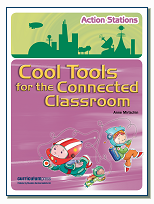
This time of year is always so busy, with senior students completing exams, school reports needing to be done and lots of potential to get involved in global events and projects. Our school year is drawing to a close.

However, Nov 5 and 6 were great days to be involved in connecting with others during the Microsoft Global Learning Connections. Unfortunately, I do not have a lot of junior computer classes on these days, but we were still able to connect and link with a number of countries including
- Vietnam
- India
- Malaysia
- Argentina
- Sri Lanka
- Sth Africa
- Beirut
- Phillipines
- USA (I connected early in my morning to talk to them at the end of their school day. It was Nov 7 for me and technically the celebrations had finished, but it was still Nov 6 for them).
What did we do?
- Played Mystery Skype with most of the countries and students
- Watched amazing yoga feats by students from India and saw some of their great craft work.

- Saw traditional dancing from Sri Lanka

- Participated in the MS Global Connections Playground with Steve Sherman from Sth Africa. There were educators from Beirut and Phillipines etc. I had students creating Lego robots so they were able to show their robots.

- I was going to share our farm with the US students, but my sound did not work.
Lessons learnt:
Always test the connection As I had been on Skype so much at the beginning of the week, I did not test my audio when I connected with Steve Auslander’s class in the USA at 7am my time. Unfortunately, my audio did not work. Despite trying to mute, unmute and other quick possible fixes, they still could not hear me. So miming got me through with the few active minutes that I had with them, as it was the very end of their school day.
Expect the Unexpected: I had accepted Skype requests through the Skype in the Classroom website, but sometimes when the actual call came through, it was from a completely different Skype ID. Redferns School in India was one example. Their yoga performance for us was amazing as was the craft work they showed us. So glad, I accepted that call.
As I only had one or two classes that could connect, we had a number of sessions booked for that 50 minute period. Oher global classes were often held up and tried to ring us later than we expected. So we had to quickly finish some connections and be prepared for interuptions and delays. One option might have been to do a group call. There were so many educators and classes actively looking to connect and spending a longer time in the call.
Be better prepared: We loved looking at the craft work, the signs made, the dances and yoga demonstrations. Next time we will try and prepare things better to show a little about us.





























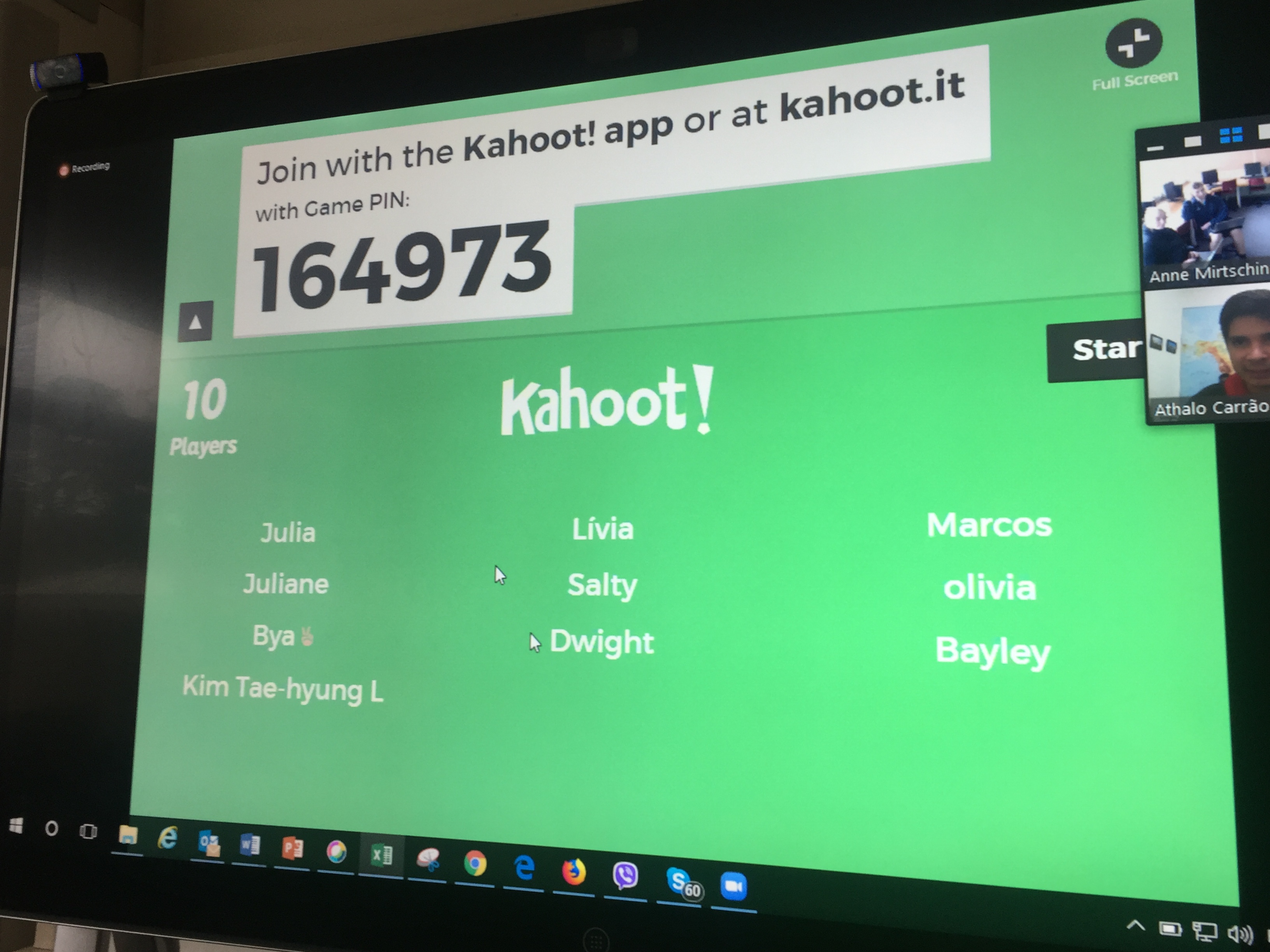




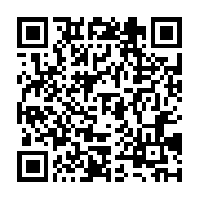






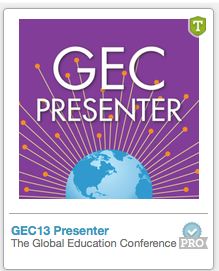


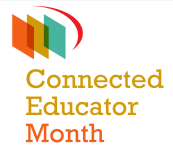






 Twitter/murcha
Twitter/murcha Del.icio.us/murcho
Del.icio.us/murcho GMail/Anne M
GMail/Anne M Blog/Anne M
Blog/Anne M